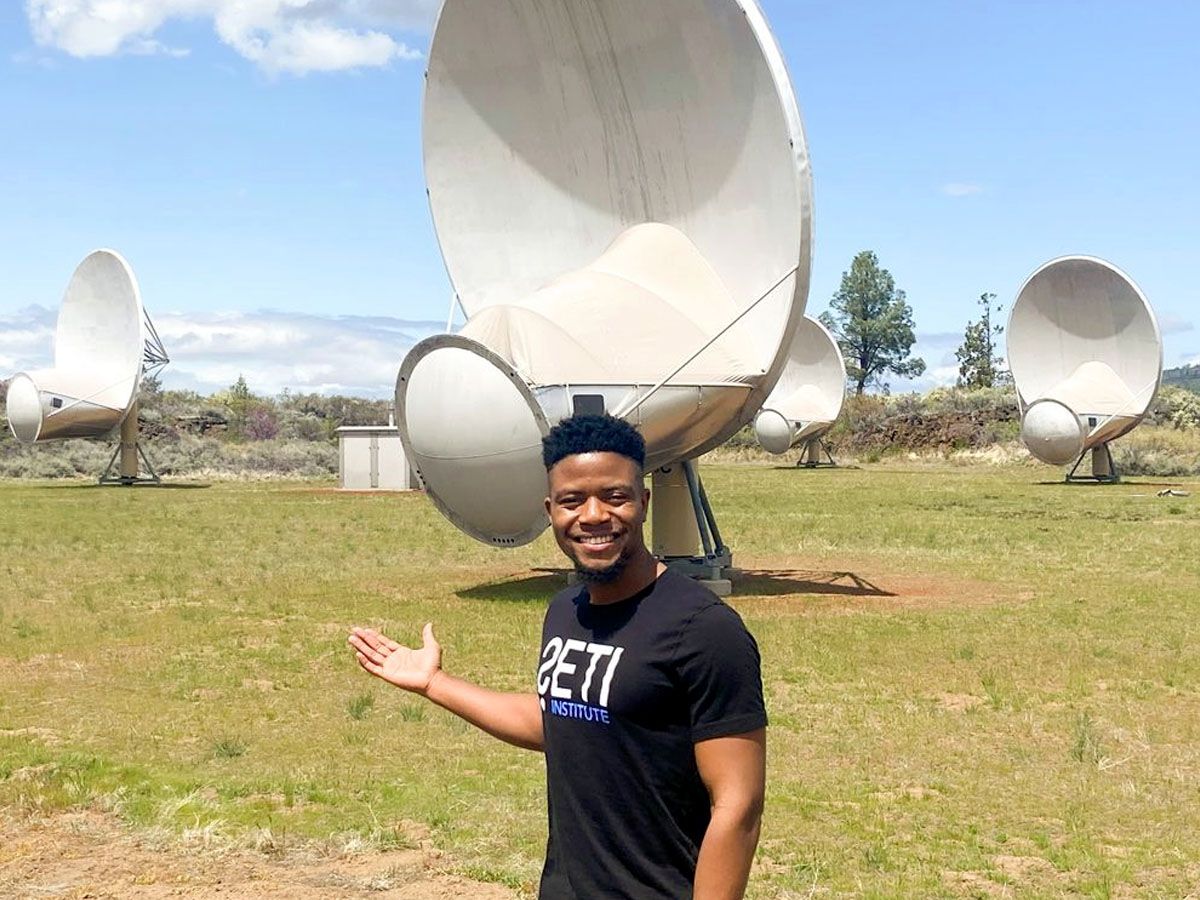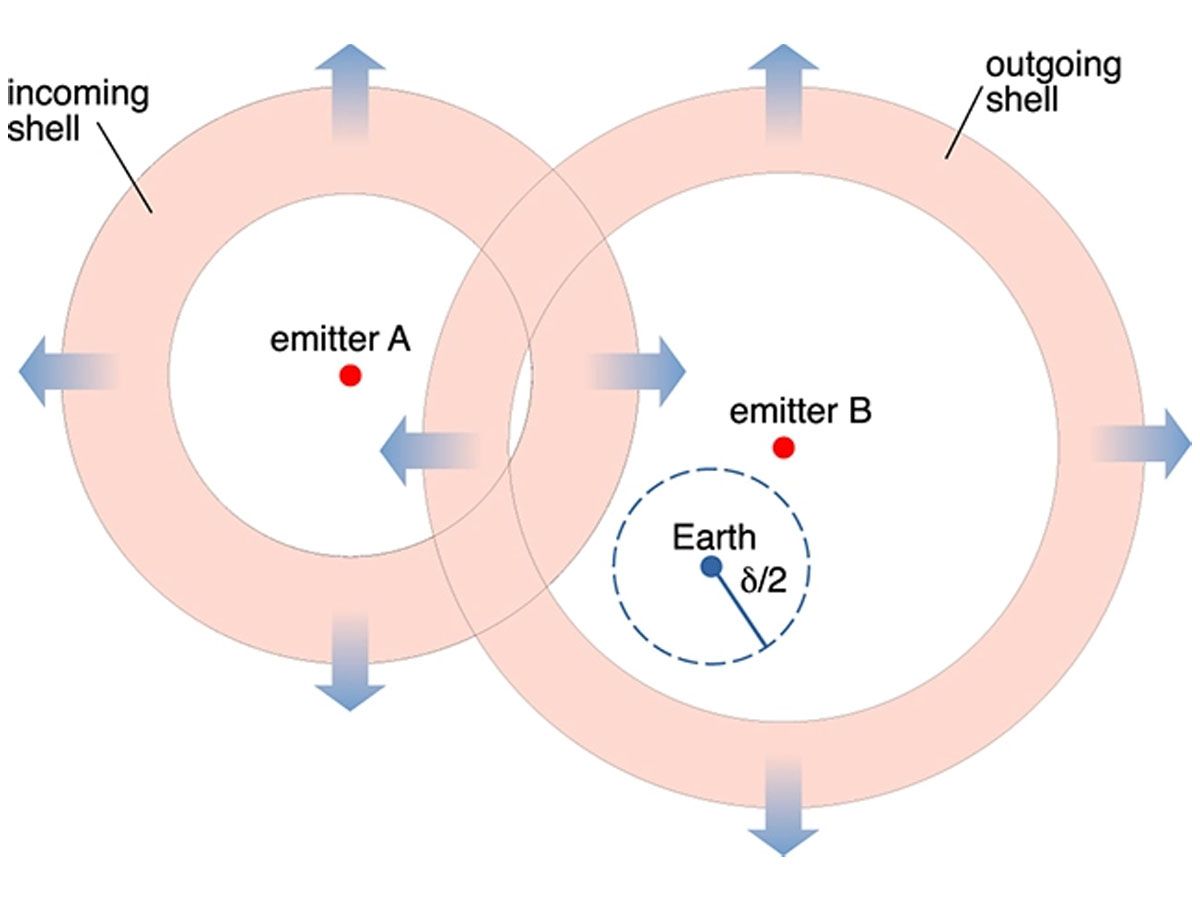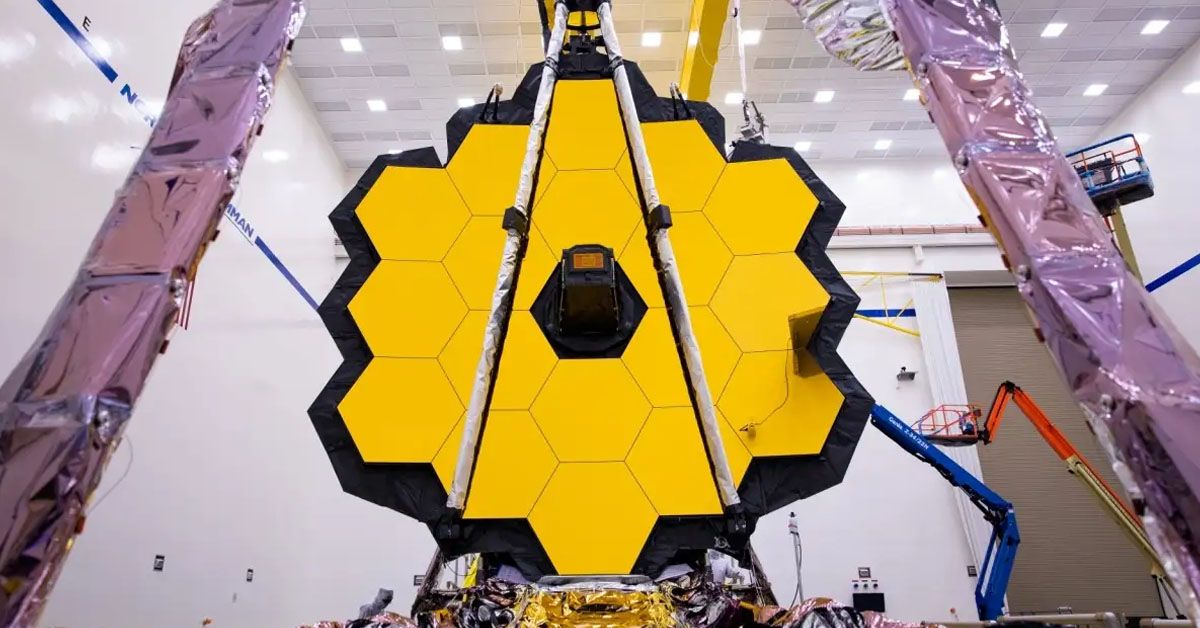While listening to your favorite radio station and enjoying some fantastic tunes, the question arises, "Can anyone else hear this?" Not referring to neighbors or coworkers in nearby cubicles but extraterrestrial civilizations!
As our world becomes ever more connected via technology, it's crucial that we consider the possible effects of Earth's radio leakage on potential extraterrestrial life forms. You never know, perhaps they're listening in on our signals just like we try and detect theirs.
Radio Leakage from Mobile Towers
Did you know that our mobile towers could potentially be sending out signals to the far reaches of the cosmos? That's right! A remarkable study by researchers from Mauritius and Manchester University has taken a deep dive into the world of radio leakage, particularly from mobile towers. By tapping into the incredible resource of crowd-sourced data, these researchers have managed to simulate radio leakage and gain a better understanding of what alien civilizations might be able to detect from stars in our cosmic neighborhood, such as Barnard's star.
You might be wondering, "What are the chances of an extraterrestrial civilization actually picking up our mobile tower signals?" Well, it's not entirely out of the realm of possibility! As we continue to advance technologically, our radio leakage might become more detectable to civilizations that are even just a little more advanced than ours.
Earth's Rotation and Radio Power Detection
Now let's talk about the fascinating work of Ramiro Saide, an intern at the SETI Institute's Hat Creek Radio Observatory and MPhil student at the University of Mauritius. Saide has been hard at work generating models that display the radio power alien civilizations would receive as the Earth rotates and our mobile towers rise and set. Imagine an alien sitting on a far-off planet, trying to catch snippets of our radio broadcasts as our planet spins through space!

But why does Earth's rotation matter in this context? Well, as our planet rotates, the radio signals emitted by our mobile towers fluctuate, making it a bit more challenging for potential extraterrestrial listeners to pick up on our broadcasts. However, Saide's work has provided valuable insights into how our rotating planet impacts the detectability of our radio signals, helping us better understand the chances of our broadcasts reaching the ears (or whatever sensory organs they might have) of beings from other worlds.
Africa's Contribution to Radio Leakage
Now, let's turn our attention to the role that developing countries play in contributing to Earth's radio leakage. In particular, Africa stands out as a shining example of rapid technological growth, as the continent has largely bypassed the landline stage of development and catapulted straight into the digital age. This leapfrogging of technologies has had a tremendous impact on the mobile radio signatures coming from developing countries, including those in Africa.
So, what does this mean for our alien friends? Well, as Africa and other developing countries continue to grow and expand their mobile networks, the radio leakage emanating from Earth becomes increasingly diverse and complex. This makes the overall radio signature of our planet all the more fascinating and potentially detectable by other civilizations out there in the cosmos.

Sensitive Receiving Systems and Future Broadband Systems
As we've mentioned before, the possibility of more advanced civilizations detecting our radio signals is not entirely far-fetched. In fact, some technical civilizations are likely to have much more sensitive receiving systems than we do. This means that, as our own technology continues to progress and we move towards implementing more powerful broadband systems, the detectability of our mobile systems could increase substantially.
Imagine a future where our ever-growing communication networks become a beacon of sorts, broadcasting our presence across the vast expanse of the universe. As we continue to push the boundaries of technology and explore new ways of connecting with one another, we must also consider the implications of our advancements on a cosmic scale. Who knows, maybe one day our radio signals will be the catalyst for making contact with civilizations from other worlds, forever changing the course of human history.
Expanding Research on Radio Leakage Sources
As fascinating as it is to focus on mobile towers as a source of radio leakage, the researchers behind this groundbreaking study aren't stopping there. They're eager to extend their research to encompass a broader range of contributors to Earth's radio leakage signature. So, what other sources are on their radar?
From powerful civilian and military radars to new digital broadcast systems, Wi-Fi networks, individual mobile handsets, and the swarm of satellite constellations now being launched into low Earth orbit (think Elon Musk's Starlink system), there's a veritable treasure trove of potential radio leakage sources to investigate!
By studying these diverse sources, the team hopes to gain a more comprehensive understanding of Earth's overall radio signature and its potential implications for our detectability by extraterrestrial civilizations.
The Brightness of Earth in the Radio Spectrum
Did you know that Earth is already anomalously bright in the radio part of the spectrum? That's right, our bustling planet is a veritable beacon of radio activity! If current trends continue, we could become even more visible, making it increasingly likely that any advanced civilization with the right technology would be able to detect our presence.
As we expand our cosmic explorations and search for life beyond Earth, it's vital that we consider how technological developments and expanding communication networks may make Earth stand out amongst its cosmic peers. By understanding the various factors contributing to our radio brightness, we can better assess our potential visibility to other civilizations and perhaps even anticipate the day when we might make contact with life from other worlds.
The Statistical Model and Earth's Radio Bubble
Searching for extraterrestrial life has long captivated scientists and the general public alike. Researchers from the Laboratory of Statistical Biophysics at the Ecole Polytechnique Federale de Lausanne (EPFL) have proposed an alternate explanation to shed some light on this mystery. Earth might be inside a "radio bubble" which blocks signals emanating from extraterrestrial beings, simply too much space exists to search out their signals.

The researchers employed a statistical model previously used to study porous materials like sponges to explore this idea further. This model was adapted to assess the distribution of extraterrestrial signal emitters in space, assuming that at least one electromagnetic signal of technological origin exists in the Milky Way at any given time. According to their findings, Earth has potentially been in a quiet bubble (or sponge pore) for at least six decades, if not more.
The Future of Alien Detection and Contact
So what's next in terms of discovering and making contact with extraterrestrial life? Experts predict we could detect alien life within 25 years, with telescopes like James Webb Space Telescope (JWST) and Habitable Worlds Observatory (HabEx) playing critical roles in this endeavor.

The JWST has already made remarkable discoveries with its groundbreaking capabilities, such as detecting carbon dioxide and sulfur dioxide on two exoplanets opening the way to further exploration of distant worlds. Astrophysicist Sasha Quanz believes alien existence will soon be confirmed, and according to research conducted at the University of California Berkeley, a recent study predicts extraterrestrial contact with humans by 2029!
As we look to the future, innovative telescopes like HabEx will search for signs of habitability in exoplanet atmospheres, including the presence of oxygen and ozone. These advancements in space exploration technology could very well be the key to unlocking the mysteries of the universe and finally answering the age-old question, are we alone in the cosmos?
Sources: arxiv.org / seti.org / sciencealert.com / dailystar.co.uk / space.com













